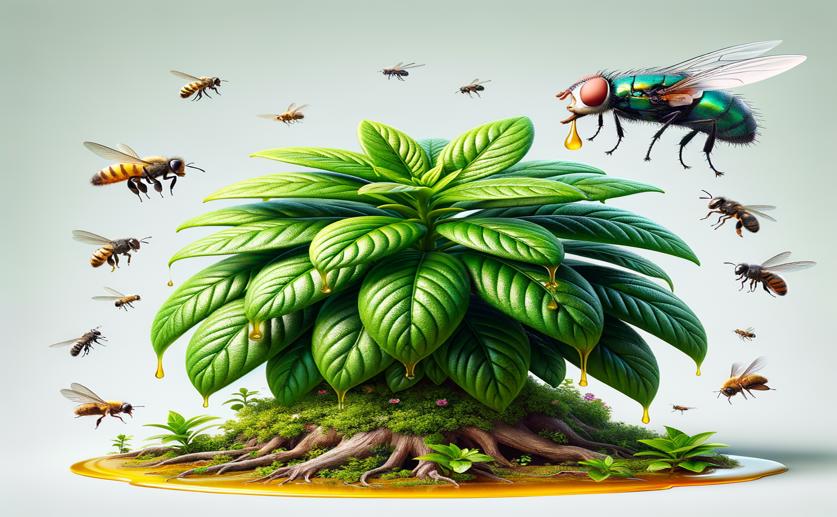
Powerful Plant Oil Combo Kills Flies, Safe for Others
Jenn Hoskins
15th March, 2024

Image Source: Natural Science News, 2024
Key Findings
- A mix of lemongrass oil and star anise killed houseflies better than synthetic insecticide
- This natural blend was three times more effective and not harmful to bees or fish
- The oils caused physical damage to the flies, explaining their potent insecticidal action
References
Main Study
1) Adulticidal synergy of two plant essential oils and their major constituents against the housefly Musca domestica and bioassay on non-target species.
Published 15th March, 2024
https://doi.org/10.1016/j.heliyon.2024.e26910
Related Studies
2) Essential Oils for a Sustainable Control of Honeybee Varroosis.
3) Combinations of plant essential oils and their major compositions inducing mortality and morphological abnormality of Aedes aegypti and Aedes albopictus.
4) Pesticidal Activity and Mode of Action of Monoterpenes.
5) Plant-Based Bioinsecticides for Mosquito Control: Impact on Insecticide Resistance and Disease Transmission.



 25th January, 2024 | Greg Howard
25th January, 2024 | Greg Howard